Richard Gottehrer
These notes were written by Richard Gottehrer for the 4 CD box set "Just Say Sire", released in 2006 to commemorate Sire's 40th anniversary. They have been updated for the 50th anniversary of Sire, with some additional anecdotes from Seymour.

A Kingdom for a Cheesecake: The Early Days of Sire
I first met Seymour Stein in 1965 when he was brought in by Bang Records to promote a record I had produced called “Hang On Sloopy.” There was another version of the song also out at that time, and Bang hired Seymour as insurance that our record would get the proper chart attention. The record quickly made its way to #1 due to the efforts of a lot people, among them the legendary Bert Burns, who not only wrote the song but was also the B in Bang. That’s how Seymour and I met, became friends, and eventually decided to go into business together.
We incorporated as Sire Productions in 1966 and morphed into an actual label the following year. For a logo, we appreciated the lion directly off the Löwenbräu beer bottle label. Several years later we took advantage of another well-known symbol, the yin/yang, noticing that when joined together it formed the S shape and that soon became recognized as the sign of Sire throughout the music world.
We also formed two publishing companies. The first, Doraflo Music (BMI), was named after his mother, Dora, and mine, Flo. What else would you expect from two Jewish boys, from the Bronx and Brooklyn? The other, Bleu Disque (ASCAP), was taken from the French cigarette Disque Bleu. This was our attempt to have a cool foreign name since our plan was to seek out product from international sources.
The plan became a reality when the first hits on Sire Records came from Australia (“The Pushbike Song”), The Netherlands (“Hocus Pocus”), and England (“Albatross” by Fleetwood Mac on Blue Horizon Records, a label we owned jointly with Michael and Richard Vernon).
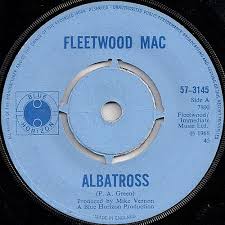
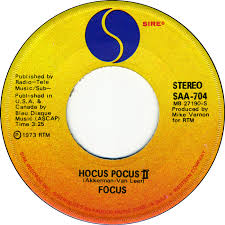
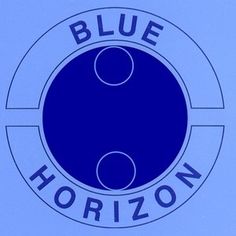
Seymour: Blue horizon, although it didn't last very long, was very, very important to Sire because of Fleetwood Mac and Chicken Shack, the latter featuring Christine Perfect, later Christine McVie when she married John McVie and joined Fleetwood Mac. I met Mike Vernon through Mickey "Guitar" Baker, one of the great musicians, and the Mickey from Mickey and Sylvia of "Love is Strange" fame. I passed through Paris after the first or second MIDEM, and visited Mickey and his wife, Barbara. They were heading to London, and so was I, and I went to the Decca studios, where I met Mike Vernon who was producing Champion Jack Dupree, and Mickey was one of the session musicians.
We were constantly traveling and spent a lot of time in Europe, particularly in London, where we made an impression on the international departments of EMI and British Decca by providing them a steady diet of New York cheesecakes. We’d fulfill their cheesecake fix and in exchange get our choice of any albums not released by their U.S. affiliates, Capitol Records and London Records. In spite of the success of many British artists in America, the majors were still not into working with their U.K. parent companies and would turn down any artists that had not hit first in the U.K. This opened the door for us, and we signed some great artists and were able to build our catalog for essentially nothing more than the cost of a good cheesecake and some hard traveling.
Those were exciting times. We survived from deal to deal on pure instinct and determination. We would appear one day in London, armed with a dozen cheesecakes, and the next in Amsterdam or Paris, always looking for the next big thing. Or, more often, taking things that nobody else wanted but that we knew were special.
One incident sticks in my memory. We had just arrived on the overnight flight from New York and were really jet-lagged. We were so broke at the time that we’d use the offices of the EMI Music Publishing Company.
Seymour: They took the name from Capitol Records' publishing company. Capital Tower is located on Vine, but very close to two streets named Ardmore and Beechwood. Ardmore was the ASCAP company in America, and Beechwood the BMI company.
It was above the famous HMV record shop on Oxford Street and we would go there to do our business and make our long-distance calls; they were quite expensive in those days. I left early and Seymour stayed behind to finish the calls and listen to some albums that were being offered to us. Several hours later I was awakened by a panicked call from Seymour. He had fallen asleep and was locked in this giant record store with no way out. He would surely have been arrested if discovered, or at very least forced to sleep amongst the records that he so dearly loved. I called John Reid (later to become famous as the manager of Elton John), a friend from the publishing company, who woke his boss, Ken East, then Managing Director of EMI Records, who came down himself to open the doors and allow Seymour to escape.
Seymour: Ken was quite a character, and managing director of EMI during The Beatles era. When he rescued me from where I had been locked in, he took me out to dinner, and there I met David Mackay from Australia. About a year later, he produced "The Pushbike Song" by The Mixtures, and that's how we got it for Sire and it became one of our early, early hits.
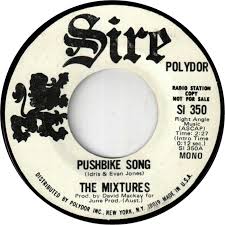
The record that Seymour was listening to before he fell asleep was by Barclay James Harvest. We released two critically acclaimed albums by BJH on Sire. The band later went on to major international success as one of the biggest acts on the German music scene.
It’s a funny story, but even more significant because it’s another example of what we had to do to grow the business and simply stay in the game long enough to get that elusive first hit. This finally came with “Hocus Pocus” by Focus.
We found Focus through our travels on the Continent at an awards dinner called the Grand Gala Du Disque, in Amsterdam. Simply by being in the right place at the right time, we encountered a publisher named Hubert Terheggen, who for some strange reason took a liking to us and offered to give us this amazing Dutch jazz/rock band. We were so blown away by the music, we immediately agreed to his price of $5,000 and went about trying to raise the money. Paris was the next stop, where our friend Barbara Baker was head of International for Disque AZ. We met with her and the head of the company, Lucien Morrisse, who offered to provide the initial funding in exchange for European rights. We of course told them the price was $10,000 and used the difference to continue our travels. It may not seem like much today, but back then it was.
Seymour: During our early years, we were getting calls from the European companies pushing their product on us to release in the US. The most aggressive was a guy called Theo Roos from EMI's Dutch label, Bovema, and he sent us an album by a guitar player named Jan Akkerman. It had some great recordings on it, best of all I think an Instrumental of "Ode To Billy Joe." I called him and he said: "This record you can have - the artist just quit and went back to his old band called Focus." I got on a plane and flew to Amsterdam. Focus were actually playing as the backup band for the Dutch production of "Hair," which was an international hit by that time. Focus had already done a publishing deal with Radio Luxembourg, and we made the deal with Hubert.
That’s how we got Sire into Focus.
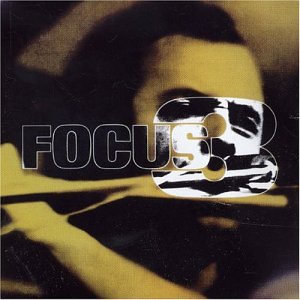
The next album, Moving Waves, produced by our Blue Horizon partner Mike Vernon and released through our new distributor Famous Music - really put Sire on the map. During the course of the following year, the album and single both went gold. We released a second album, Focus 3, which also went gold, as well as two solo albums by members of the band, continuing the extraordinary run of good luck that had begun the previous year at the Gala. I believe there was one week when Focus held five spots on the Billboard Album chart. This was an unheard-of feat for anyone, but particularly for a band from Holland making purely instrumental music.

Even then, Sire was innovative in breaking new ground.

We were also very lucky, since Sire Records’ appearance on the scene coincided with the emergence of FM radio and the playing of full albums as acceptable programming, particularly in New York City on WNEW-FM. We were therefore able to take artists no one had heard of and get them in-depth airplay on a new format without having to compete on a Top 40 level. We had a successful run for a while with bands like Climax Blues Band, Renaissance, Nektar, and, of course, Focus, which really established us as a record label… And then came punk.

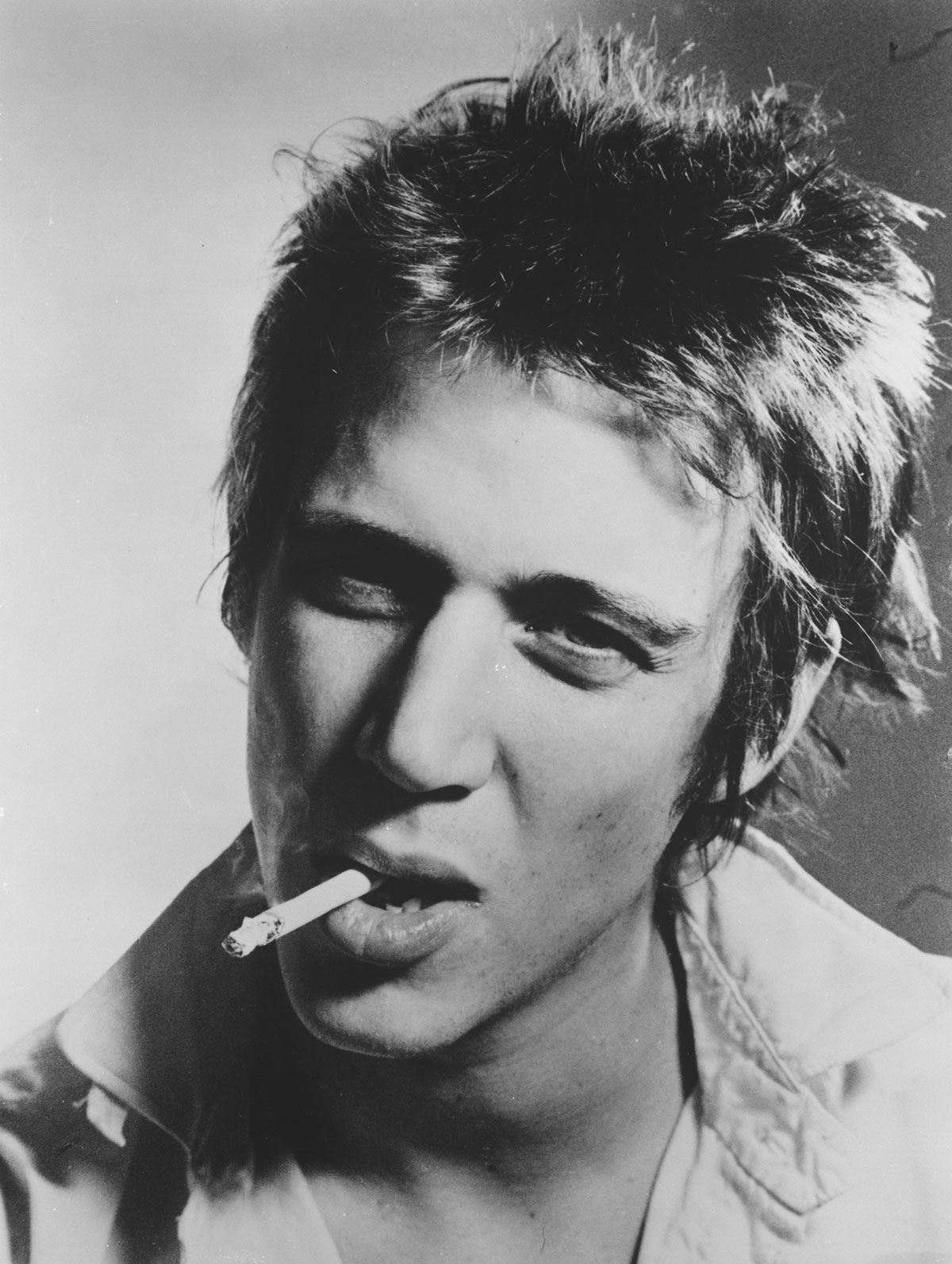
That’s where my part of the story ends. Although I did produce for the label one historic punk album featuring the classic song “Blank Generation” by Richard Hell & The Voidoids, it was time for Seymour and me to part ways.
In 1976 I left Sire and went back to producing and developing artists on my own. I have had a long, successful career in the music business and made my share of what many consider great records, but those early years at Sire still hold a special place in my heart. And I’m proud to have played a part in the history of this great company.
Seymour, of course, continued on and kept our dream alive, making musical history and building the company into one of the legendary record labels of all time. He’s shown an uncanny ability to recognize hit artists and songs, and this ability lives on to this day. There are so many great records in the catalog that it’s hard to believe that one man was responsible for bringing them all together in one place, on one label… SIRE.
- Richard Gottehrer
Cofounder, Sire Records
Chairman & Founder, The Orchard
